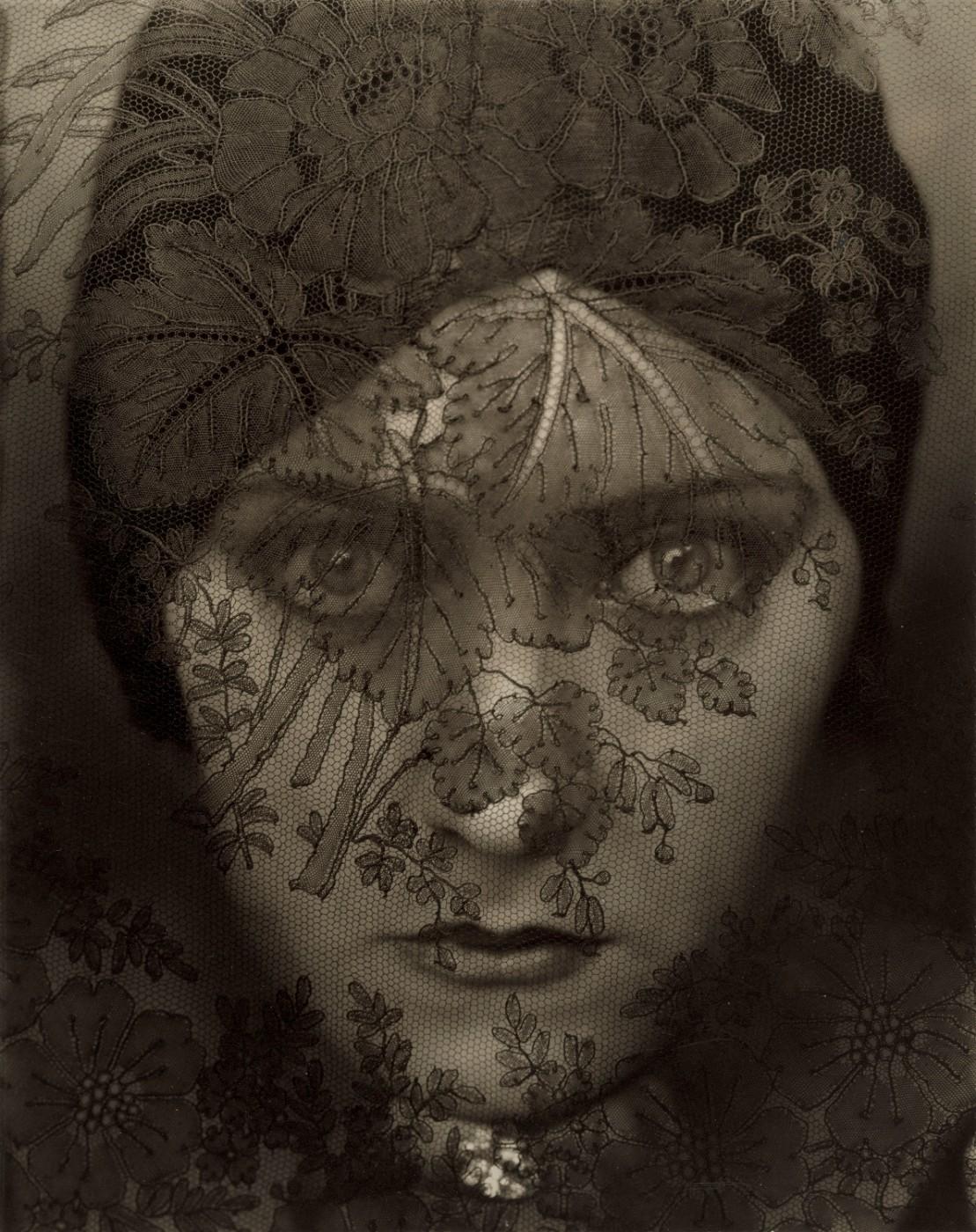“I am truly thrilled and delighted to have the MFA as the recipient of my personal collection of photographs,” said Greenberg. “Assembled over 35 years and reflecting the unique access I’ve had to so many treasures of 20th-century photography, the collection will be in a perfect resting place at the MFA. The Museum’s enthusiasm for the results of my efforts has been unrelenting. The collection will be married to what is already a world-class museum collection, formed expertly and intently over a long period of time.”
A passionate and discerning pillar in the field, Greenberg above all is a connoisseur. His own experience as a photographer and his early initiation into the world of the darkroom informs his recognition and appreciation of technical mastery, as well as his keen visual sense. Greenberg’s collection is closely related to his professional and personal relationships, which have allowed him special access to photographers’ archives and estates. He has played a key role in establishing the reputations of photographers whose technical and aesthetic contributions had previously been overlooked—including Louis Faurer, David Heath, Leon Levinstein, Saul Leiter and many others. Greenberg’s passion, sense of marvel and excitement of discovery are perhaps what most connect him to the photographs he chose to live with—expressive pictures that invite contemplation. For him, even the most seemingly straightforward photograph, through its composition, print quality and ability to evoke emotion, can transport the viewer to another place somewhere between the real and the abstract. This deeply personal and emotional connection with the objects adds a layer of humanity, intimacy, compassion and empathy to the collection, demonstrating his deep devotion, both personal and professional, to the field of photography.
“We are thrilled to be celebrating our acquisition of this unparalleled collection, which could not have been created by a collector other than Howard Greenberg,” said Kristen Gresh, Estrellita and Yousuf Karsh Senior Curator of Photographs. “It is a result of Howard’s role in the field of photography and his constant search for the transcendental moments found within this magical medium.”



























![DEl Kathryn Barton [Australian b. 1972] the more than human love , 2025 Acrylic on French linen 78 3/4 x 137 3/4 inches 200 x 350 cm Framed dimensions: 79 7/8 x 139 inches 203 x 353 cm](/sites/default/files/styles/image_5_column/public/ab15211bartonthe-more-human-lovelg.jpg?itok=wW_Qrve3)



